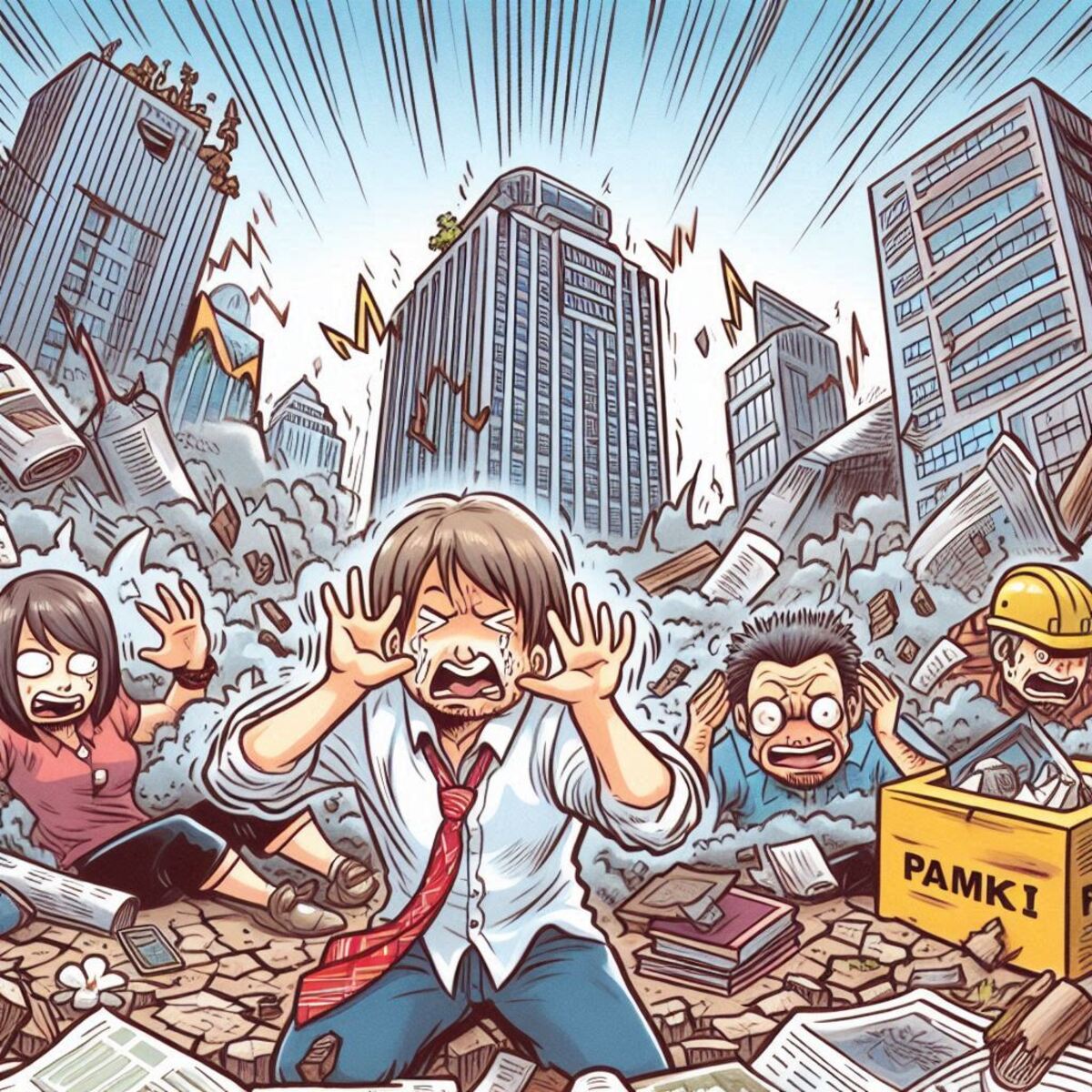In 2024, a minor earthquake was recorded in Bangkok—comparable in intensity to what would be considered a light tremor in Japan. Yet despite its modest magnitude, the reaction was striking: widespread concern spread across social media, elevators were halted, and many residents evacuated buildings in fear.
For those accustomed to life in Japan, such a response might seem surprising. But it is precisely this difference in perception that underscores one of the greatest advantages of Japanese real estate: the intrinsic value of safety and resilience.
A Culture of Resilience—Born from a Seismic Nation
Japan is one of the most earthquake-prone countries in the world. As a result, its entire real estate ecosystem—from architectural design and construction to maintenance—has evolved with an unwavering focus on disaster preparedness.
Most modern condominiums in Japan are built in compliance with the “New Earthquake Resistance Standards” (enacted in 1981), requiring structures to withstand major seismic events, including magnitude 6+ tremors, without collapse.
In newer high-rise developments, advanced seismic technologies—such as vibration control and base isolation—are standard. These systems not only protect the building’s structure but also minimize internal damage, ensuring continued livability.

How Japan and Thailand Differ in Seismic Design Standards
Thailand, by contrast, is a country with relatively low seismic activity. As a result, earthquake-resilient construction is often not mandated by law, and in many cases, there may be minimal or no formal seismic design standards. In regions like Bangkok, where the soil is particularly soft, even minor tremors can lead to significant structural swaying.
This means that even within the same price range, Japanese condominiums offer a decisive structural advantage.
Their compliance with rigorous engineering standards ensures a level of safety and resilience that remains largely unmatched in the region.
“Structural Integrity = Asset Integrity”
In real estate, seismic resilience directly translates into preserved property value.
Even superficial structural damage—such as a visible crack from a moderate earthquake—can significantly reduce a property’s appraised value. In Thailand, not only can repairs be time-consuming, but due to limited transparency in construction records and building management, it is often difficult for future buyers to verify whether the damage has been properly addressed. This uncertainty can negatively impact resale prospects.
By contrast, Japanese condominiums maintain rigorous documentation standards, including:
-
Detailed structural engineering reports at time of construction
-
Scheduled inspection records
-
Comprehensive maintenance and repair history
This level of transparency gives buyers greater confidence at resale, making Japanese properties not only physically resilient—but financially resilient as well.

Why Discerning Buyers Are Turning to Japanese Real Estate
Among affluent Thai investors, Japanese condominiums are increasingly viewed as a second asset.
Common motivations include:
-
“I want to leave my children a secure and stable asset.”
-
“I need a safe, livable base if anything should ever happen in Bangkok.”
-
“I’m looking for a protected urban asset to diversify my portfolio and minimize risk.”
Such growing demand reflects a broader recognition of Japanese metropolitan property as a resilient and reliable vehicle for capital protection.
A Strategic Choice: Acquiring Security in an Unpredictable World
With the growing instability of our world—earthquakes, climate volatility, economic shifts—owning a property that is both physically resilient and geopolitically stable is no longer just an investment decision. It’s becoming a form of lifestyle and legacy protection.
As a result, Japanese condominiums are being re-evaluated—not merely as real estate, but as financial assets with intrinsic security value.
In an era where even a light tremor can provoke collective anxiety, owning a place that is built to withstand—both structurally and symbolically—has never held more significance.




